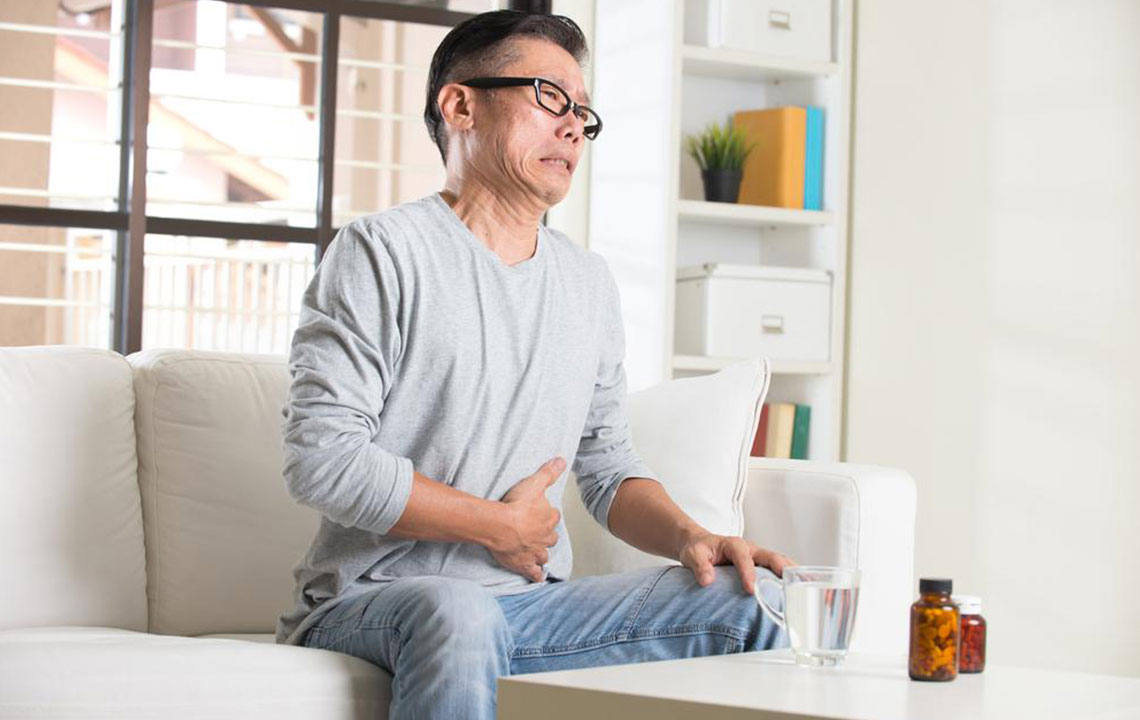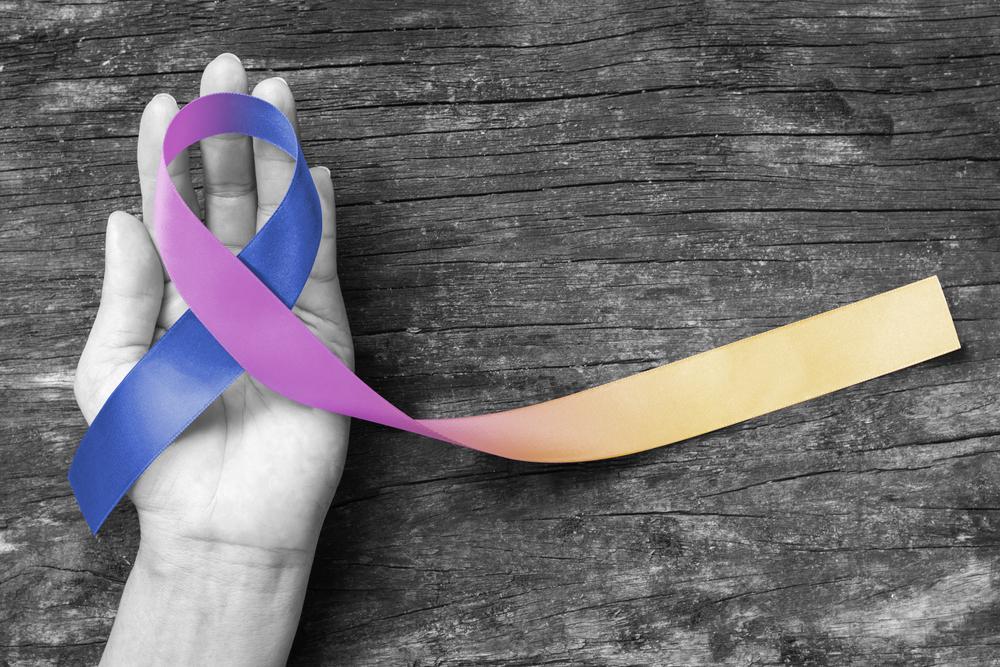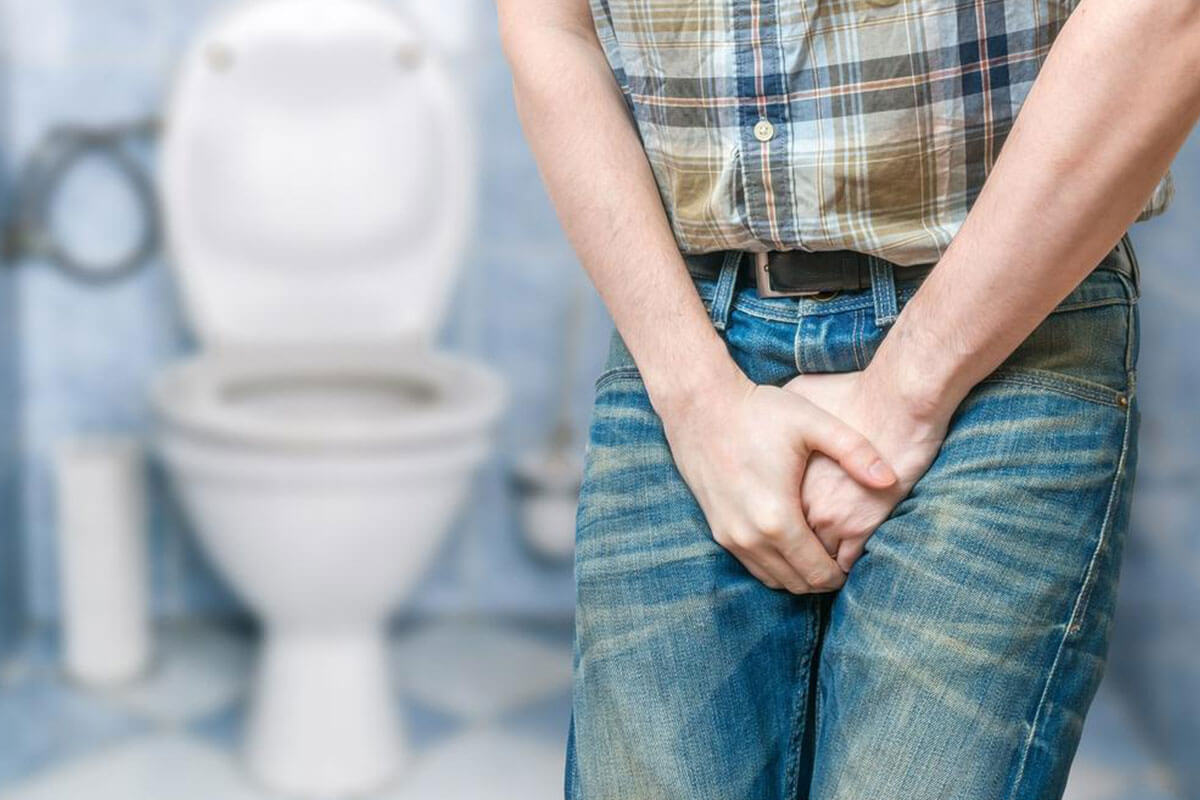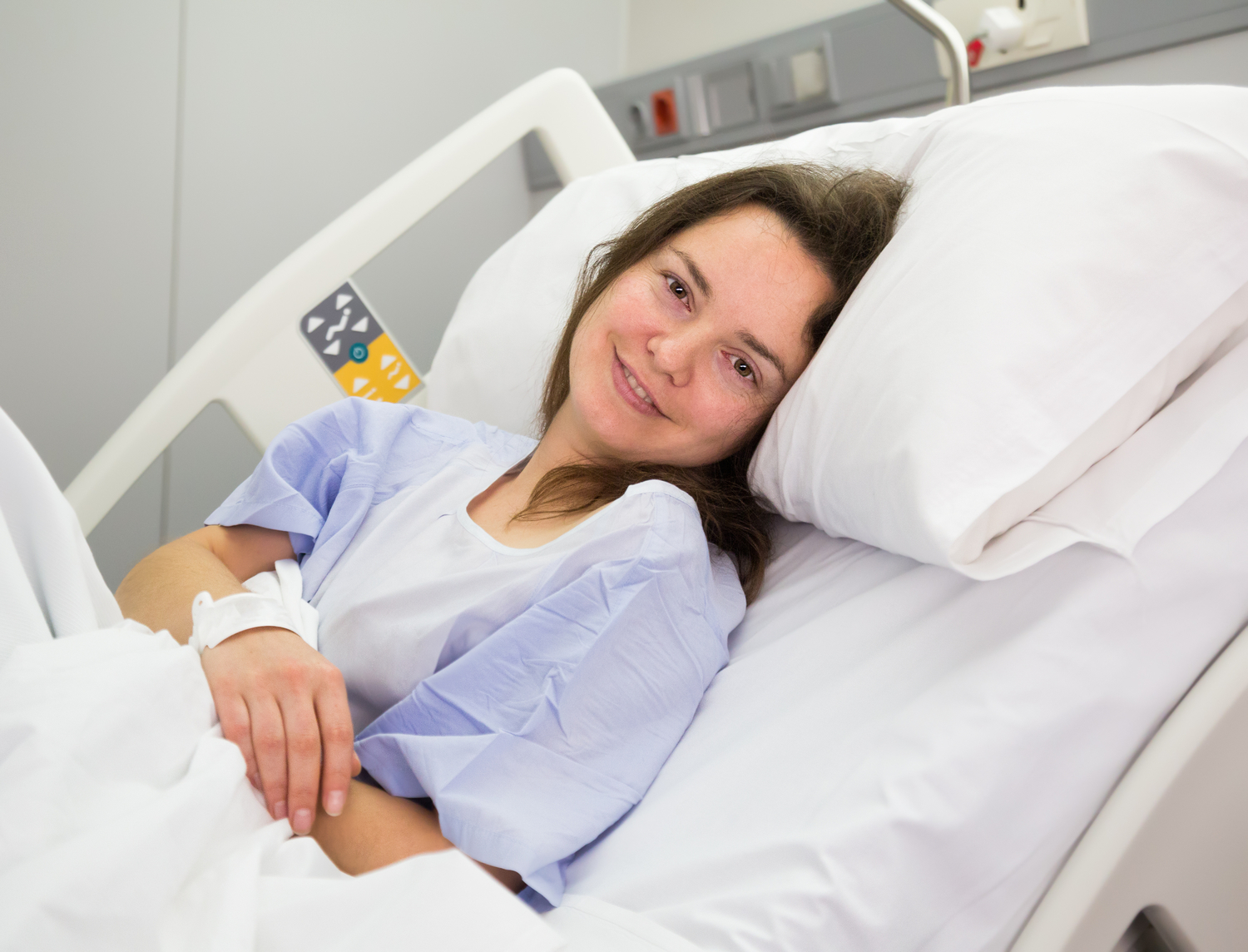Understanding Overactive Bladder: Key Symptoms and Causes
This article explores the common symptoms and causes of overactive bladder, including types, risk factors, and effective management strategies. It emphasizes the importance of lifestyle changes, medical treatment, and early diagnosis in controlling the condition. Understanding OAB helps individuals seek timely medical care and improve their quality of life by addressing symptoms like urgency and leakage. The piece highlights that although more prevalent with age, OAB is manageable with proper lifestyle adjustments and medical support.

Overactive bladder (OAB) is characterized by frequent and sudden urges to urinate, caused by involuntary contractions of the bladder muscles. These contractions happen regardless of the bladder's fullness and can be challenging to diagnose. A thorough physical exam is essential to identify potential underlying causes.
Types of Overactive Bladder
Dry OAB: Individuals experience urgent urges to urinate multiple times during the day without leakage.
Wet OAB: The urge to urinate is accompanied by involuntary urine leakage, often termed urge incontinence.
OAB results from spasms in the detrusor muscle, the main bladder wall muscle. Factors like nerve damage and neurocognitive disorders can disrupt nerve signals, impacting bladder control. Common causes include nerve injury, pelvic organ prolapse, weakened pelvic or bladder muscles, neurological diseases such as Parkinson's and multiple sclerosis, bladder stones, hormonal changes post-menopause, an enlarged prostate, and past childbirth.
Though OAB can affect all ages, the risk increases with age and obesity. Certain activities that weaken pelvic muscles or restrict abdominal and pelvic function may contribute. Early detection and treatment are crucial for managing symptoms and preventing life interference.
Risk Factors
Age
Obesity
Smoking
Dehydration or overhydration
Repeated urinary tract infections
Pregnancy and childbirth
Constipation
Chronic cough
Use of certain medications
Symptoms of Overactive Bladder
Research indicates that approximately 30% of men and 40% of women in the U.S. experience OAB symptoms. Common signs include increased frequency of urination, sudden urges to urinate, and involuntary leakage, even during sleep, affecting daily life. Nearly half of affected individuals may experience nocturia and social anxiety due to fear of leakage or bed-wetting.
Prevention and Management
Initial approaches focus on lifestyle modifications. Maintaining a healthy weight, staying hydrated, treating infections, practicing pelvic exercises like Kegels, quitting smoking, and avoiding bladder irritants like caffeine and spicy foods help reduce symptoms. In some cases, medications or surgical interventions might be necessary.
Consult a healthcare professional if symptoms worsen to explore effective treatments and improve quality of life.
Note: This article provides general information. For personalized medical advice, please consult a healthcare provider. The website's information should not be considered conclusive or as a substitute for professional diagnosis or treatment.










